The Leisure Equipment and Asset Protection Scheme (LEAPS) is a brand-new leisure safety scheme that takes a joined-up approach to certifying attractions assets, from roller coasters and amusement park rides to high ropes courses, trampolines parks, aqua parks and more. LEAPS certification will be awarded to facilities that meet the highest safety standards.
The goal of LEAPS is to offer assurance to the public that the three main causes of accidents are managed within an attraction: Competent Operator, Safe Asset, and Competent Inspector. These are known as the three LEAPS stars. To become a LEAPS Certified Site, all three of these stars need to align.
Blooloop speaks to Jon Ruddock, general manager at LEAPS, to find out more about the company’s vision, and explore how the scheme works.
An engineering background
While Ruddock has been working in the attractions industry for almost five years, his career path before this point was quite different. He spent over two decades in the Royal Air Force (RAF) in various engineering roles, culminating in the position of senior engineering warrant officer, reporting directly to the RAF’s chief air engineer.
“In the last 15 years of my time with the RAF, my roles were very much within engineering management, quality management and health and safety risk management,” he explains. “Then, my last post was under the top engineer, I was the senior non-commissioned engineering warrant officer for the Air Force. To me, there was no higher engineering position in the RAF. So, once I had ticked that box, I thought it was time to leave.”
Before moving on from the RAF, Ruddock also obtained a Master’s in Business Administration. He left the Air Force and relocated to Northeast England with his young family. This is when he took on his first job in the attractions industry, working with a well-known safety scheme.
“They were after somebody who had an engineering background and who could run a business, but who didn't know the industry whatsoever. Essentially, they wanted a fresh pair of eyes. I went to that company in 2018 and then LEAPS employed me in November 2021 and asked me to set up what LEAPS is. By that time, I'd become a Chartered Engineer with the Institute of Engineering and Technology (IET) as well.”
The inspiration behind LEAPS
LEAPS was formed in May 2021 and is the brainchild of founder Melvin Sandell, who has 17 years of experience as a Health and Safety Executive (HSE) inspector. During this time, he authored several key HSE guidance publications including HSG 175, which is the theme park bible. He has also worked on guidance for the British and Irish Association of Zoos and Aquariums ( BIAZA ) alongside other organisations.
“Our founder has a thorough history in the leisure industry, on the engineering and health and safety side of things. Plus, the LEAPS owner is an engineer who also has a long history within the sector. Both had thought for a long time that there must be a better way of doing safety within amusement parks; they've been growing this idea for a while.
“Now, they have taken all that history and all that knowledge and created the Leisure Equipment Asset Protection Scheme and there's been a big investment into LEAPS to get it started.”
The young company has a narrow management structure, meaning that Ruddock and his colleagues are empowered to make decisions and adapt as its client base grows.
A three-pronged approach
The concept, says Ruddock, is unique:
“We don't think this has been done anywhere else in the world. Our approach is broken down into three areas that we call stars”
These are the operator, meaning the duty holder, the person that owns the leisure equipment; maintenance, which is the actual equipment itself; and finally, the inspector.
“We call that the three LEAPS stars: Competent Operator, Safe Asset, Competent Inspector. If all three of those stars align, the venue becomes LEAPS certified,” he adds.
The third part of this trilogy of stars, the inspector, is well-established:
“Hence my old company and my background, that's being taken care of for quite a while. But history will tell us that over the last decade or so, most accidents at amusement parks have been down to operator error or poor maintenance, while only a small percentage have been because of inspector error. So, you could argue that the focus has been on the wrong kind of area.”
The first LEAPS star will tackle this by allowing operators to self-certify, initially, that they are competent, showing that they use trained staff and that they've got procedures in place to cope with incidents.
“There's also going to be an operator working group, so once you are in LEAPS, you'll have a say on the way LEAPs goes forward. We'll have a working group to address concerns, for example, issues like operator and engineer training or churn of staff.”
LEAPS certified equipment
The second star is the equipment itself. This will certify that the equipment is well maintained, that it has all the relevant paperwork and that it is being operated by appropriately trained personnel.
“We've also broken all the equipment down into seven distinct categories,” says Ruddock. “And that's based on the complexity of the equipment and the risk that's involved to the public for going on that ride. We think that's the first time that's ever happened as well."
“Historically, in the UK there have been two different types of equipment classifications. However, technology has moved on so much over the last decade or so. The way that operators try to thrill and scare the public has evolved, and the categories haven't kept pace with that.
“That's why we brought out the seven different categories. That reduces the risk a lot more of an inspector or a maintenance technician working beyond their capabilities. We think that's a real kind of step forward in safety as well.”
Inspection quality
The last star, the inspector cohort, will certify that the inspector is appropriately trained, qualified and experienced to carry out their job. LEAPS has aligned all its inspector classifications with the UK engineering specification.
“As a result, there is a clear map showing the ability of the inspector, how well they're qualified and whether they have the experience required to carry out the job. It also creates a better roadmap because we're encouraging all our inspectors to become professionally recognised.
"What this means is, when a candidate applies to become professionally recognised by a professional engineering institution, such as the IET, because LEAPS have mapped inspector job roles against the UK spec this creates a pathway to professional registration in a structured way."
“We think that's a step forward in professionalising the industry. It polishes what's going on and opens the industry to other companies as well. This then brings opportunities for professional bodies to come and join our scheme and allows us all to broaden that skill set across the sector, which can only be a good thing.”
The inspectors will also be audited at a minimum of once every three years, or less if there's reason to do so.
“That doesn't happen now, either” adds Ruddock. “So that gives confidence that the inspection body is on the top of their game.”
LEAPS takes a holistic approach
This innovative joined-up approach is much needed, believes Ruddock.
“We're starting to look at the operation holistically, not just the inspection, and trying to tie it all together. It's about reducing the risk and adding value.”
While the LEAPS scheme has only been in operation for under a year, there has been a lot of interest from the industry already.
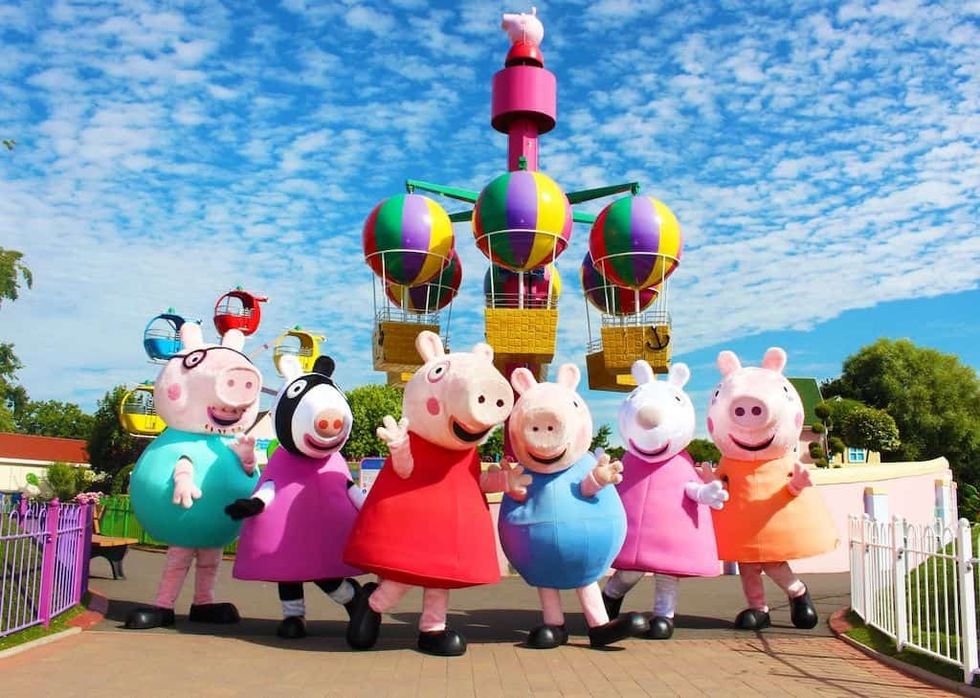
“I've spoken to many different people, but it's a bit like moving a herd. We've got early adopters, Paultons Park for instance, which is one of the real leaders in the UK industry. On the other hand, we've also had some of the smaller parks sign up, like Roarr! Dinosaur Adventure in Norfolk. That is a park that is expanding, they are adding three new rides over the next year or so, and they want to do things correctly. So, they looked at LEAPS and decided they want to be part of this journey.”
Another attraction that has committed to joining LEAPS is Blackgang Chine on the Isle of Wight. This is the UK’s oldest amusement park with a history dating back to 1843.
“Again, that is a park that's installing a couple of new rides. So, they want to ensure that they are doing things right as they grow. For growing parks that want to bring in bigger rides and more complexity, the LEAPS model works well, because we're covering areas where they're maybe a little bit more inexperienced and they can tap into that wealth of experience that sits behind LEAPS to make sure they get it right first time.”
A flexible solution for the whole industry
While LEAPS is initially targeting theme parks, Ruddock is confident that the model can be rolled out across any type of attraction that requires statutory inspections, from farm parks and FECs to ropes courses and trampoline parks.
“Anywhere with a statutory inspection requirement and public safety involvement, we think we can pour into that. We are doing that through what we are calling scheme operating procedures. So, we have written these rules of the scheme and we can then tailor those to each different sector."
“For instance, I've written a set of rules for the operators and the inspection bodies that work on theme parks. I've written a set of rules already for those working in high ropes and low ropes areas. We're writing one now that deals with trampoline parks, and we'll do the same throughout because we recognise that kind of one glove doesn't fit every hand.
“There are nuances and there are differences in the way we work across the different sectors within the industry. HSG 175, which is the theme park bible, works great for theme parks. However, it maybe doesn't quite translate to trampoline parks. What we're trying to do is cherry-pick the best safety parts out of things like HSG 175 and apply them as best we can in the other parts of the industry, to make them more robust.”
Growing LEAPS
Looking ahead, LEAPS is continuing to hold talks with several different leisure providers. In the meantime, Ruddock and his team are continuing to develop the operator offer in line with industry requirements.
“We want to listen to what their issues are in this area. For instance, churn of staff is something that comes up continually. They'll train somebody on a ride, but before they can look to progress that person onto a more complex ride, they leave. We think that if we offer a pathway within the operations community, something that you can put on the CV that's maybe transferable and standardised in line with our asset categories, we might see people come back because they see a career rather than maybe a summertime job."

“We also need to grow the inspection body cohort. It’s a chicken and egg scenario, where operators don’t want to join ahead of the inspection bodies and vice versa. So, we're focusing on the operator because they're the safety duty holder. They're the people who own this equipment. We want to help them to have conversations with their inspection bodies and say right, we're working with LEAPS; we're making the leap and we want you to come with us.
“At the same time, we have already had some inspection bodies that wanted to join, and we've said no because it's not the right fit for LEAPS. We're not going to lower our standards to meet parts of the industry. Many are already at a good standard. But there are some in the industry that must come up to the level that we are setting. It’s about maintaining and improving the current levels of safety.”
Getting public buy-in
The other key part of the equation, when it comes to establishing a wider buy-in, is getting the public on board.
“In 2023, we're going to market to the public,” says Ruddock. “We want the public to know what goes on behind the scenes. We want them to know if you visit a LEAPS-certified site that we've got your backs. We've got it covered so that you can go and enjoy yourselves; don't worry about safety because safety is our thing."
In the future, members of the public will be able to check which attractions are LEAPS certified. This means they can plan which ones they want to visit accordingly.
“We want to be synonymous with leisure safety. So, people will know, if it is a LEAPS site, they can trust that it is safe.”
The LEAPS vision
The LEAPS team will also be looking to roll the solution out internationally, he adds:
“It’s not just a UK thing. We don't think anybody's doing this across the world at the moment. That may be a few years off, but it's certainly the ambition behind LEAPS is to do something internationally.”
Ruddock and Sandell will both be speaking as part of a panel on the benefits of a holistic safety system at IAAPA’s upcoming Safety Day. This takes placeat Chessington World of Adventures on 11 September, as part of IAAPA Expo Europe 2022. The team will also be present at the trade show, which takes place from 13 – 15 September at London’s ExCeL. To arrange a meeting, or to find out more about LEAPS, get in touch via email.
Charlotte Coates is blooloop's editor. She is from Brighton, UK and previously worked as a librarian. She has a strong interest in arts, culture and information and graduated from the University of Sussex with a degree in English Literature. Charlotte can usually be found either with her head in a book or planning her next travel adventure.


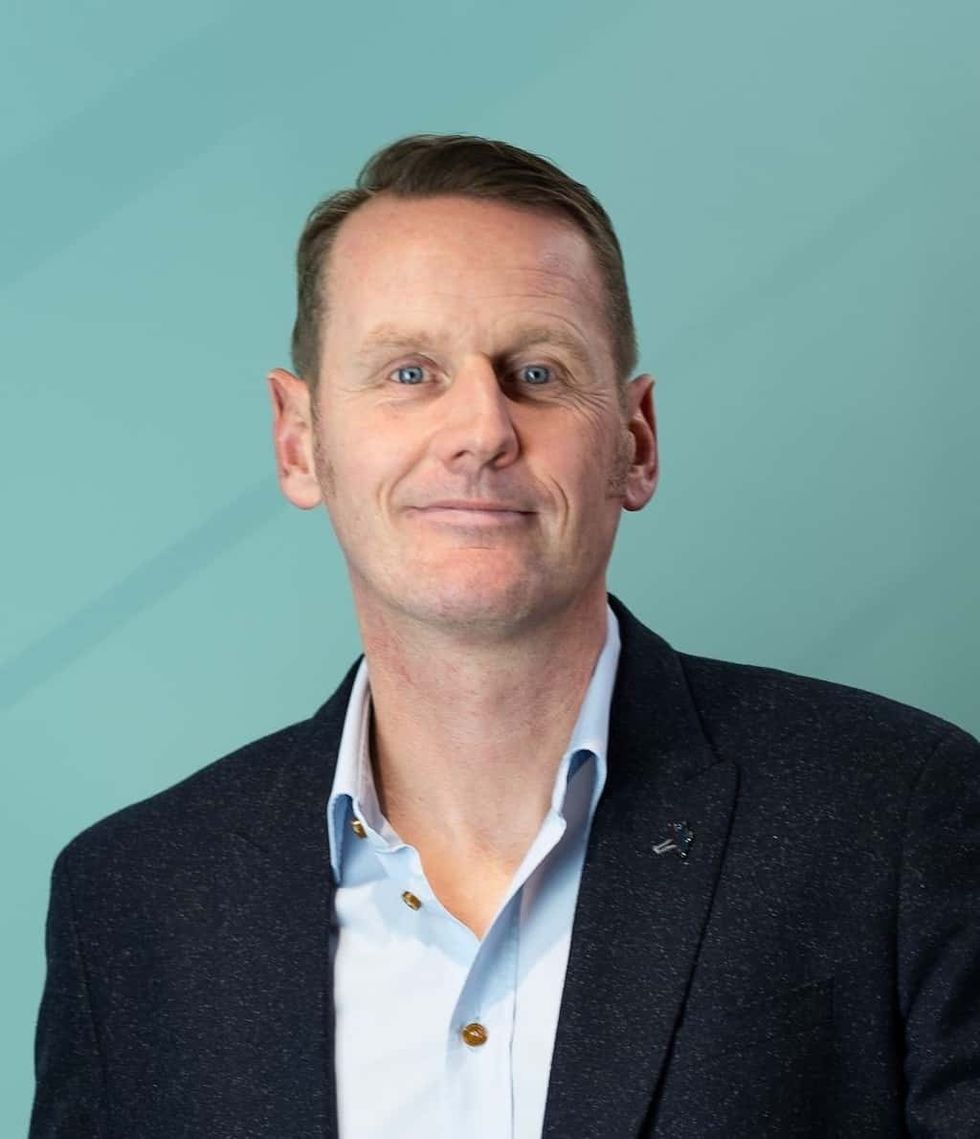
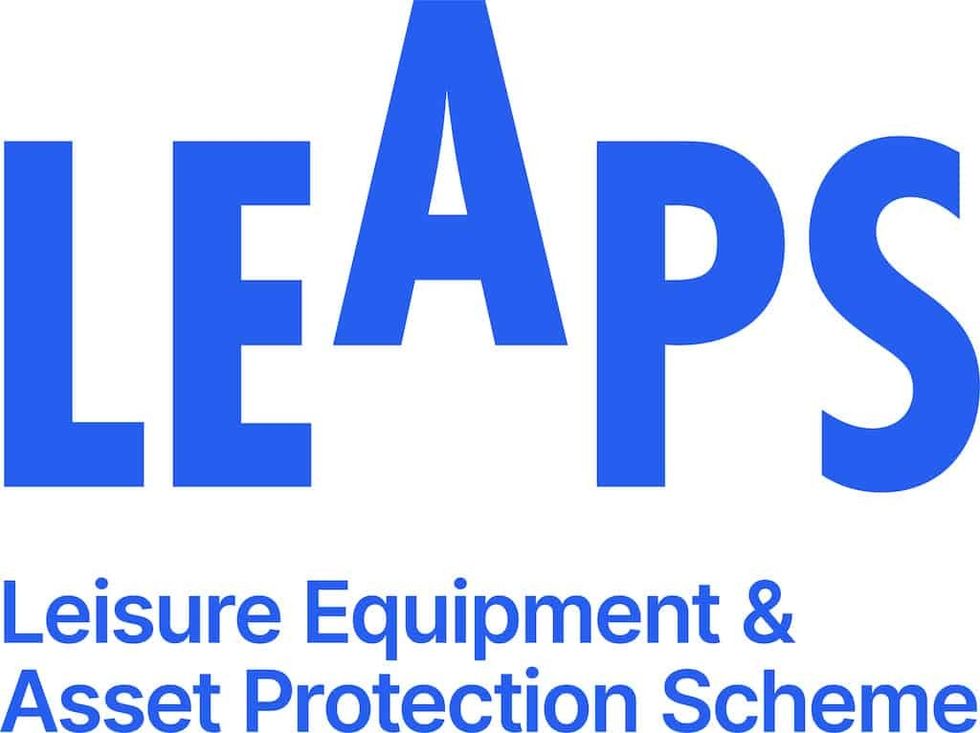
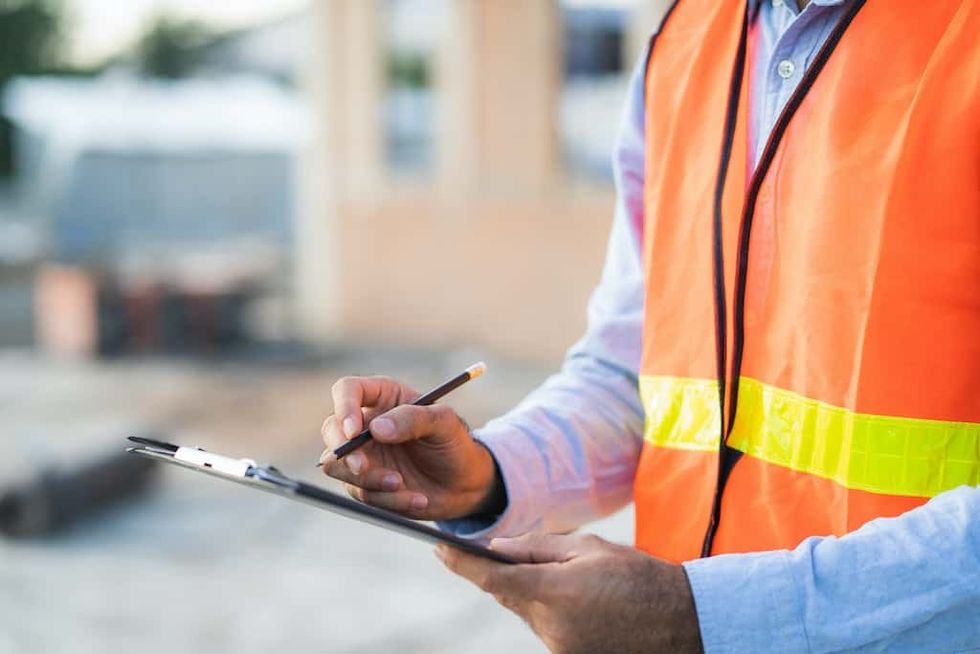
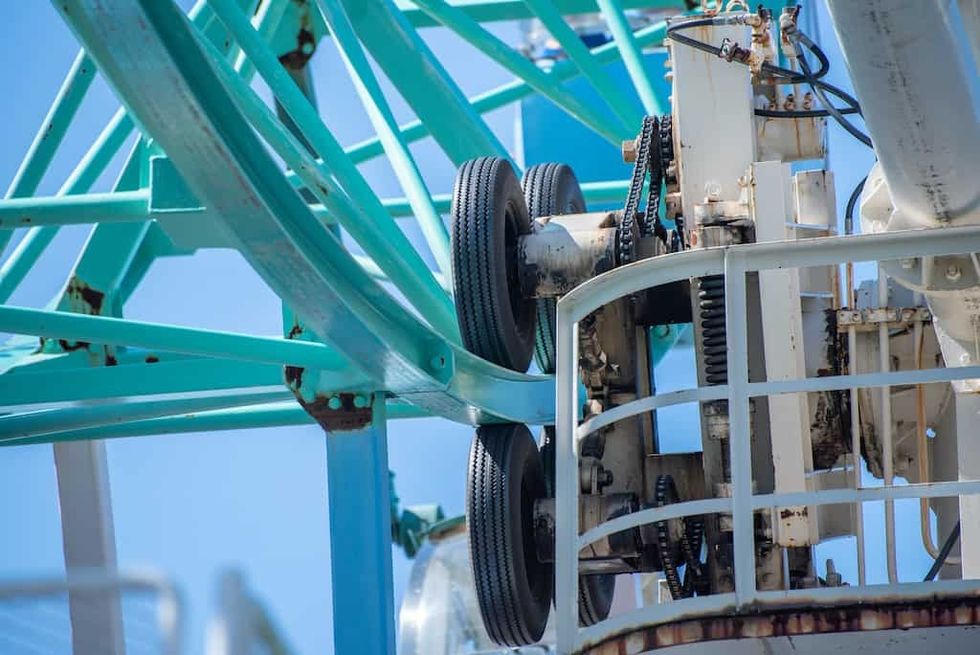
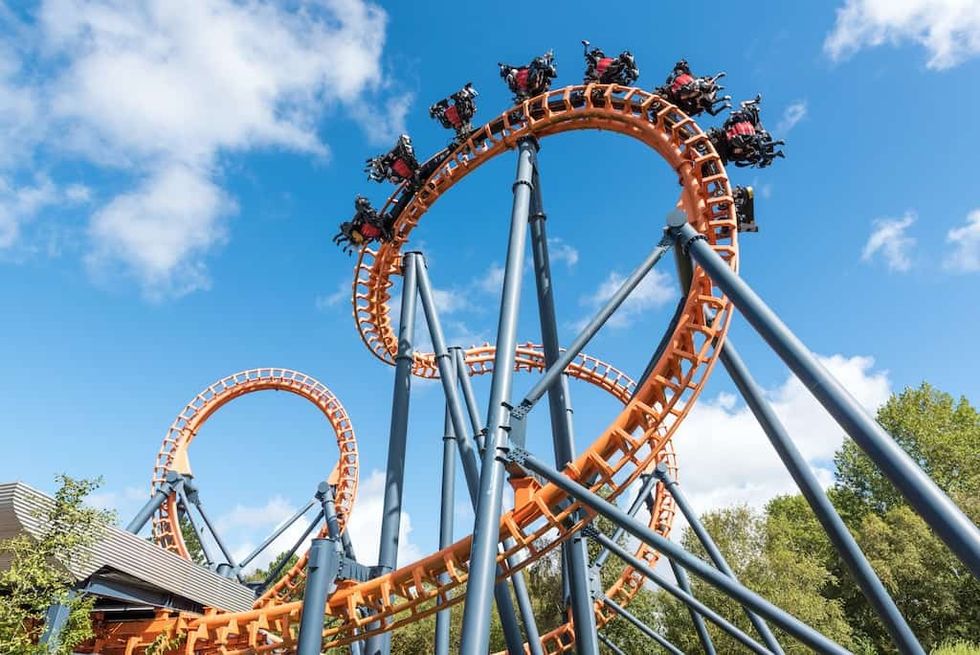
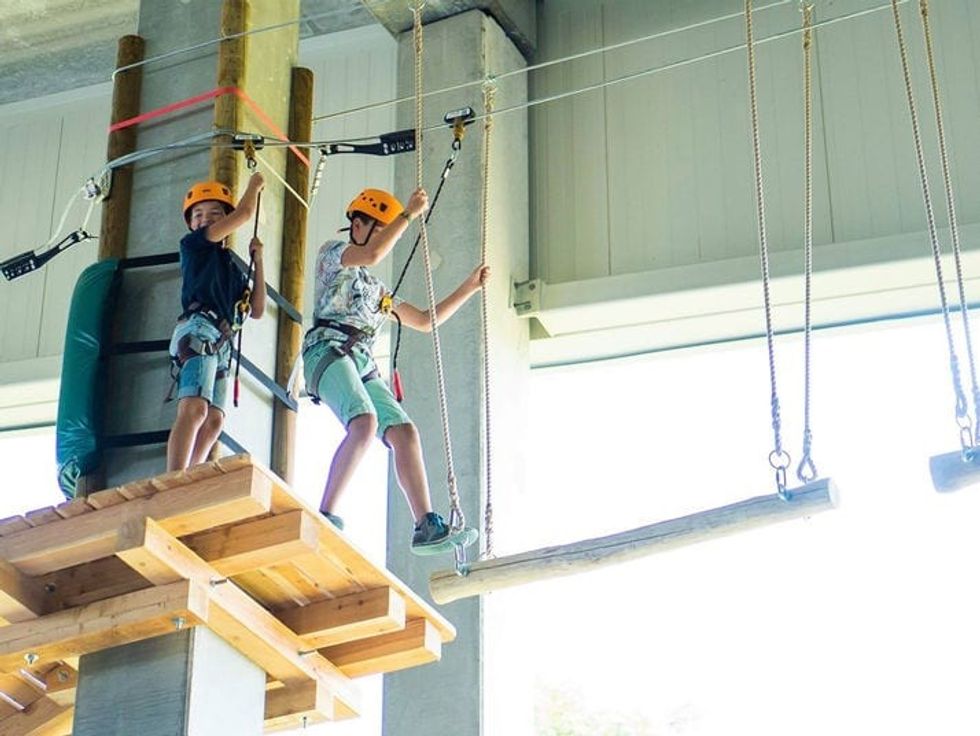

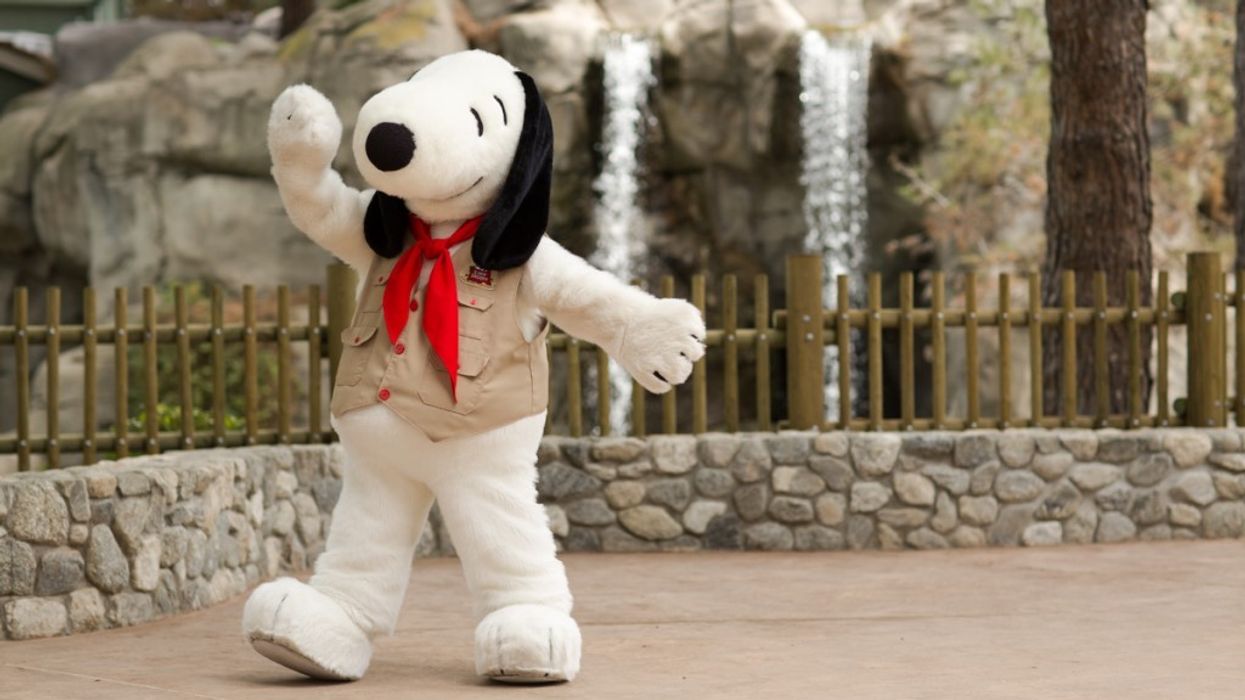
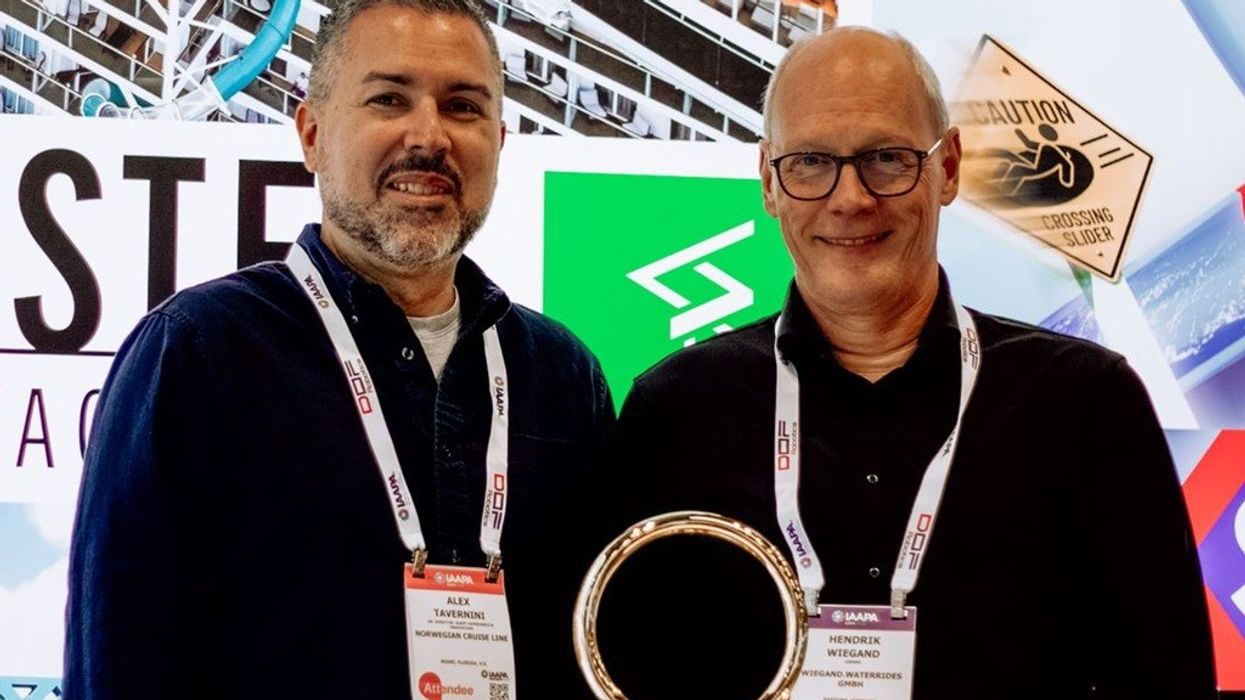



 TM Lim and Adam Wales
TM Lim and Adam Wales



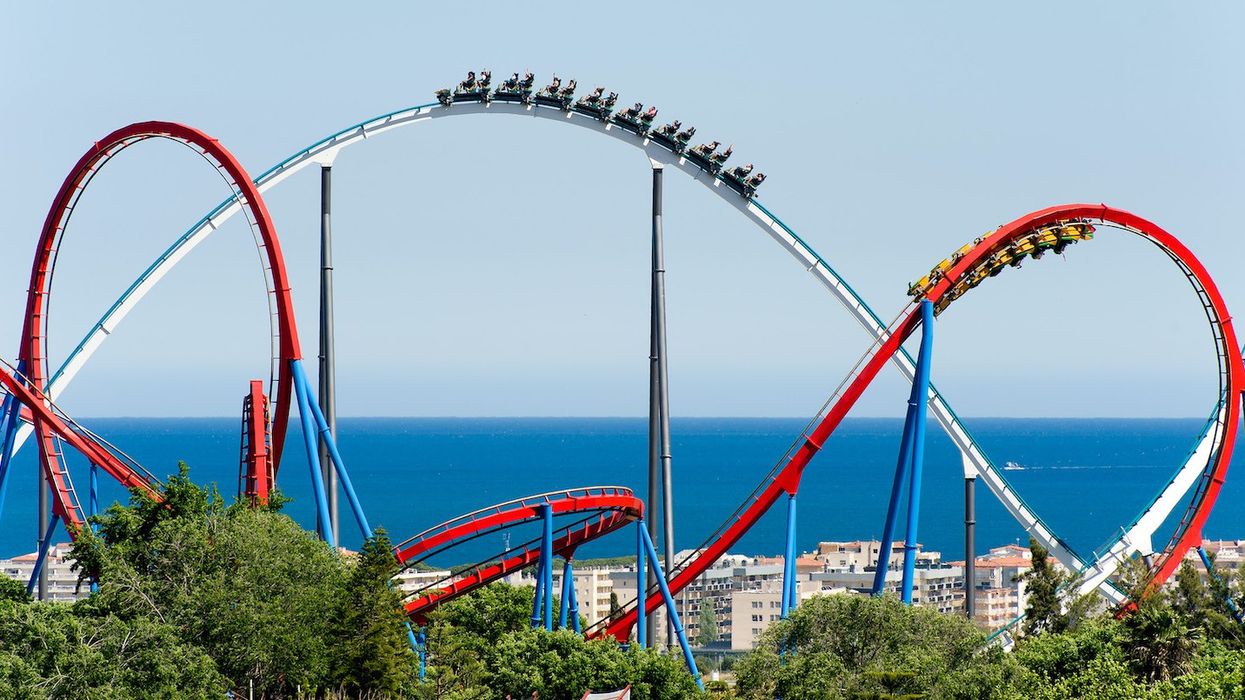





 Toby Harris
Toby Harris Hijingo
Hijingo Flight Club, Washington D.C.
Flight Club, Washington D.C.
 Flight Club Philadelphia
Flight Club Philadelphia Flight Club Philadelphia
Flight Club Philadelphia Bounce
Bounce Hijingo
Hijingo Bounce
Bounce
 Fernando Eiroa
Fernando Eiroa











 Nickelodeon Land at Parque de Atracciones de Madrid
Nickelodeon Land at Parque de Atracciones de Madrid Raging Waters
Raging Waters  Mirabilandia's iSpeed coaster
Mirabilandia's iSpeed coaster Parque de Atracciones de Madrid
Parque de Atracciones de Madrid Ferracci at the ribbon-cutting ceremony for Nickelodeon Land at Mirabilandia, with (left) Marie Marks, senior VP of global experiences for Paramount and (cutting the ribbon) Sabrina Mangina, GM at Mirabilandia
Ferracci at the ribbon-cutting ceremony for Nickelodeon Land at Mirabilandia, with (left) Marie Marks, senior VP of global experiences for Paramount and (cutting the ribbon) Sabrina Mangina, GM at Mirabilandia Tropical Islands OHANA hotel
Tropical Islands OHANA hotel Elephants at Blackpool Zoo
Elephants at Blackpool Zoo  Tusenfryd
Tusenfryd
 Andrew Thomas, Jason Aldous and Rik Athorne
Andrew Thomas, Jason Aldous and Rik Athorne







